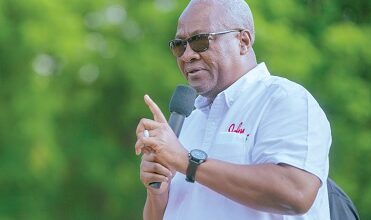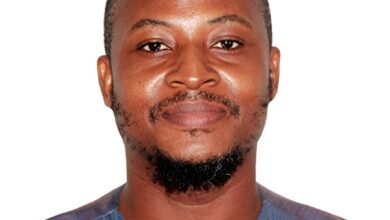6 people were presumed dead late Tuesday (Mar.26) in the east of the United States of America after the collapse of Baltimore’s Francis Scott Key bridge.
**
The superintendent for Maryland State Police, announced the launch of a search and recovery mission.
“Based on the length of time that we have gone in this search, the extensive search efforts that we’ve put into it, the water temperature that at this point we do not believe that we’re going to find any of these individuals still alive,”
“And so this evening at about 7:30, we are going to suspend the active search and rescue efforts. Coast Guard is not going away. None of our partners are going away, but we’re just going to transition to a different phase.”
The Dali, a cargo ship which was headed from Baltimore to Colombo, Sri Lanka lost power and rammed into the bridge early Tuesday (Mar. 26). The ship’s crew has issued a mayday call moments before the crash.
The accident happened in the middle of the night, long before the busy morning commute on the bridge that was used by 12 million vehicles last year.
The six missing people were part of a construction crew filling potholes on the bridge.
Rescuers pulled two people out of the water, one of whom was treated at a hospital and discharged hours later. Multiple vehicles also went into the river, although authorities did not believe anyone was inside.
Jesus Campos, who has worked on the bridge for Brawner Builders and knows members of the crew, said he was told they were on a break, and some were sitting in their trucks.
“I know that a month ago, I was there, and I know what it feels like when the trailers pass,” Campos said. “Imagine knowing that is falling. It is so hard. One would not know what to do.”
Father Ako Walker, a Roman Catholic priest at Sacred Heart of Jesus, said he spent time with the families of the missing workers as they waited for news of their loved ones.
“You can see the pain etched on their faces,” Walker said.
Logistical nightmare
Transportation Secretary Pete Buttigieg said at a news conference that it was too soon to estimate how long it will take to clear the channel, which is about 50 feet (15 meters) deep.
Paul Wiedefeld, the state’s transportation secretary said all vessel traffic into and out of the port would be suspended until further notice, though the facility was still open to trucks.
Tuesday’s collapse is sure to create a logistical nightmare along the East Coast for months, if not years, shutting down ship traffic at the Port of Baltimore, a major hub. The loss of the bridge will also snarl cargo and commuter traffic.
US President Joe Biden said he planned to travel to Baltimore and intends for the federal government to pick up the entire cost of rebuilding.
“This is going to take some time,” Biden said.
Last year the Port of Baltimore handled a record 52.3 million tons of foreign cargo worth $80 billion, according to the state.
The head of a supply chain management company said Americans should expect shortages of goods from the collapse’s effect on ocean container shipping and East Coast trucking.
The collapse, though, is not likely to hurt worldwide trade because Baltimore is not a major port for container vessels. Its facilities are more important when it comes to goods such as farm equipment and autos, said Judah Levine, head of research for global freight booking platform Freightos.
The bridge spans the Patapsco River at the entrance to the busy harbor, which leads to the Chesapeake Bay and Atlantic Ocean. Opened in 1977, the bridge is named for the writer of “The Star-Spangled Banner.”





